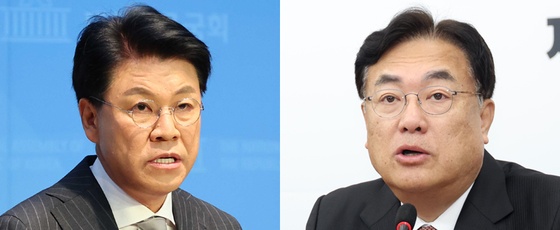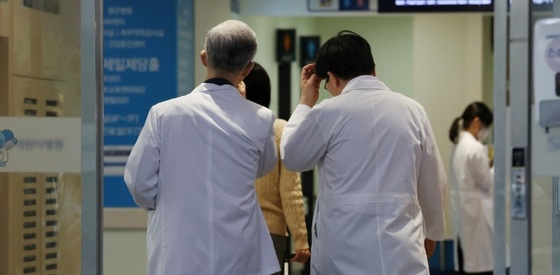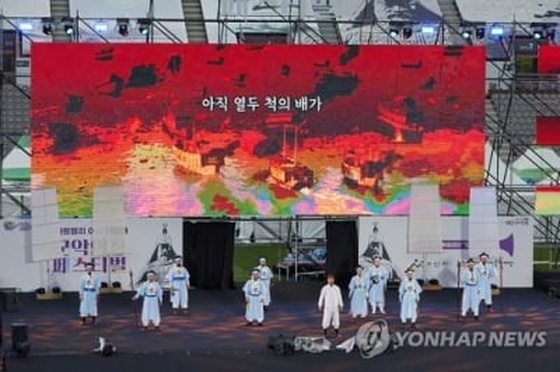[한경에세이] 경쟁을 위한 게임의 법칙
으레 그러하듯이 동전 같은 양면성이 있다. 재정적으로 역량이 갖춰진 시스템의 경우 경쟁은 동기 부여의 원천이다. 경쟁은 대안이나 새 아이디어 및 성능의 타당성과 확실성을 시험하는 데 도움이 된다. 실제 결과를 철저히 파고들어 따지는 검사장의 역할을 하는 것이다. 이와는 반대로 재정적 지원을 제대로 받지 못하는 시스템에서의 경쟁은 실존의 문제를 야기할 수 있다. 연구자들이 직업적,금전적,사회적 생존을 위해 경쟁한다면 이는 혁신에 독이 되는 환경을 만든다.
경쟁에서 또 다른 중요한 요소는 경기장의 크기다. 다시 말해,미국처럼 규모가 큰 무대에서 실험실 및 연구소들 간의 연구활동 중복은 경제적으로 감당할 수 있으며 또한 바람직한 현상이다. 반면 한국처럼 작은 나라에서 이는 자원의 낭비가 되기 쉽다. 하지만 가장 중요한 것은 경쟁에서 성숙한 '경기규칙'(rules of the game)이 필요하다는 점이다. 즉 협력이 필요할 때는 협력 모드로 전환이 가능해야 한다. 특히 국가적 관심사와 관련해서는 더 더욱 그렇다. 미국에서는 같은 산업 분야의 범위를 넘어 서로 다른 산업들 간의 협력이 이뤄낸 성공사례의 본보기들을 많이 볼 수 있다. 아쉽게도 한국에서는 경쟁이란 것이 단언컨대 협력을 방해하는 것처럼 보인다.
따라서 경쟁이 전후 관계나 궁극적 목표를 고려하지 않은 채 경쟁 자체로만 이해하고 적용한다면 오히려 해로운 것이 될 수 있다. 경쟁이 유익하기 위해서는 적절한 수준으로 촉진되어야 한다. 의사결정자들은 협력이 어떻게 '윈-윈' 상황을 만들어 낼 수 있는지에 대한 분명한 로드맵을 갖고 있어야 한다.
한국의 제약사들은 협력이 경쟁을 뛰어넘어 제약산업 전반의 경쟁력으로 작용하는 좋은 본보기가 될 수 있고 또 되어야만 한다. 특정 질병 분야를 연구하면서 값비싼 연구개발(R&D) 기술들을 공유할 필요가 있다. 이렇게 함으로써 한국 제약사들은 현재의 제약산업을 혁신산업으로 만들어 갈 수 있을 것이다. 안에서 경쟁하는 대신 국제무대를 겨냥해야 한다.
울프 네바스 < 한국파스퇴르연구소장 ulfnehrbass@ip-korea.org >
[영문원고]
Original English Writing
Playing Rules in Competition By Ulf Nehrbass
CEO of Institut Pasteur Korea ulfnehrbass@ip-korea.org
In my recent essays I have referred to competition in Korean research, and singled it out as a potential problem when it comes to technology innovation. This may, at face value be surprising; Conventional wisdom would suggest that when it comes to technology development competition is a major driver of progress. Further to that, in Koreas more centralistic approach the general notion is that there is rather too little competition to start with
As usual, there are two sides to the coin; In a well funded system competition is a source of motivation, it helps testing the validity and robustness of alternative approaches and ideas, and functions as a check point by scrutinizing actual results. By contrast, in a less funded system it can give rise to existential problems, with researchers competing for professional, financial, social survival, creating an environment toxic to innovation. The size of the playing field is another important factor; in a country like the US the duplication of efforts in-between laboratories and institutions is affordable and desirable, whilst in Korea it is easily amounting to a waste of resources. Most importantly, though, competition requires a mature set of 'playing rules' allowing to switch for cooperation where needed, in particular if touching upon national interests. In the US there are plenty of examples for cross-industrial cooperativity. In Korea, sadly enough, competition appears to categorically preclude from cooperation.
Accordingly, when taken out of context and applied as a value in itself, competition can become a liability. To yield benefits, it has to be administered in careful doses. On the side of decision makers there should be clear road maps of how cooperation can lead to win-win situations. Korean Pharma companies could and should be a fine example, where cooperation goes beyond competition towards competitiveness of an industry as a whole. By sharing expensive R&D technologies while working on distinct disease areas, Korean Pharma could afford the resources to remake itself into an innovative industry. Instead of competing within, it should take aim at the international arena.
-
기사 스크랩
-
공유
-
프린트
![[한경에세이] 청소년 정책이라는 씨앗에 투자해야](https://img.hankyung.com/photo/202404/07.36439047.3.jpg)
![[조일훈 칼럼] 늙어가는 국가, 오늘만 살겠다는 사람들](https://img.hankyung.com/photo/202404/07.35383340.3.jpg)
![[데스크 칼럼] 여야 '부동산 협치' 시급하다](https://img.hankyung.com/photo/202404/07.18256415.3.jpg)

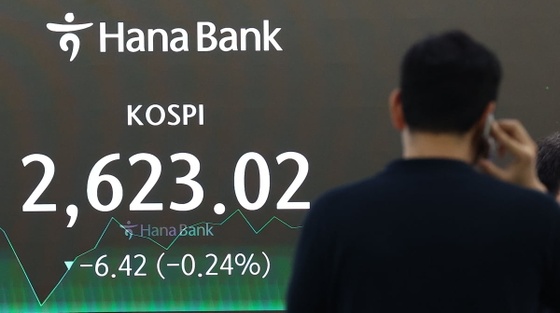
![기업실적 호조에 일제히 상승…테슬라는 최대폭 매출 감소[뉴욕증시 브리핑]](https://timg.hankyung.com/t/560x0/photo/202404/ZA.36457219.1.jpg)
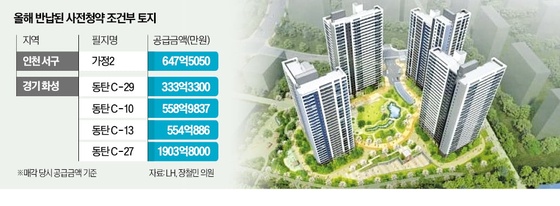
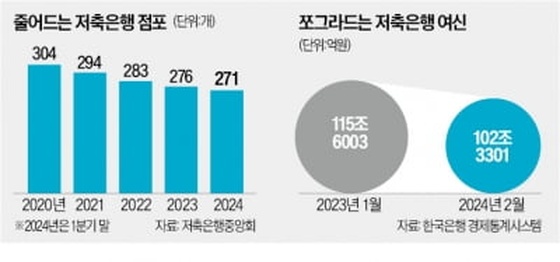
![[단독]하이브 키운 '멀티 레이블'이 제 발등 찍었다](https://timg.hankyung.com/t/560x0/photo/202404/02.33877838.1.jpg)

